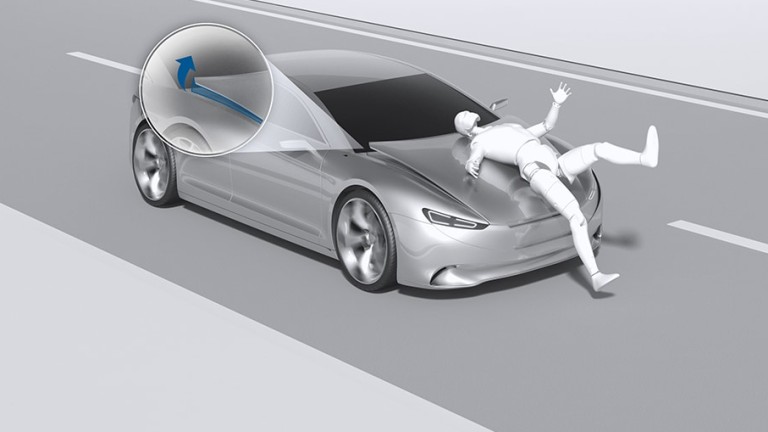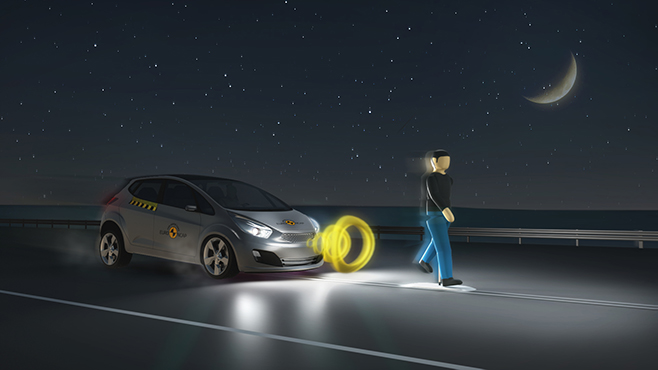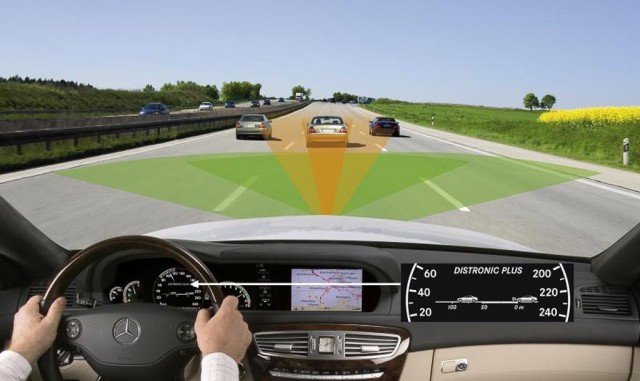Mishaps and accidents on the roads are a major cause of concern that takes away precious lives. In fact, as per a report published by the Ministry of Road Transport and Highways, out of 1.5 lakh people killed in road accidents every year in India, 60 per cent are pedestrians. That’s as high as 90,000 people losing their precious lives without even driving themselves. Therefore to avert such situations, authorities are implementing pedestrian safety norms that are to be incorporated in the vehicle design.

The need for pedestrian safety norms
- While a vehicle we drive is surely under our control, vehicles on the road are absolutely beyond it. This makes pedestrian life, a risky affair. For long vehicle manufacturers in India have kept safety standards on the back seat, and focused only on providing attractive features and mileage. But with a constant rise in road accidents, it is high time safety standards are given the centre stage.
- Even though safety norms incorporated within the different core systems of the vehicle are effective in protecting the passengers, pedestrian safety is an area that isn’t much explored by manufacturers worldwide. Unlike passengers, pedestrians come in contact with the vehicle’s outer body, which if effectively built can save precious lives. This is the reason why pedestrian safety norms are the need of the hour.

Pedestrian Safety through exterior design
- As awareness about safety increased, the consumer mindset is now more conscious of safety, which was earlier focused only on cost, efficiency and brand image.
- As a result, even pedestrian safety norms have been the talk of the town, with several changes done in the exterior body of the vehicles to make them safer for pedestrians.
- Since many pedestrian crashes involve a forward-moving vehicle. In such a crash, a pedestrian is impacted twice, first by the car and then by the ground. But a majority of fatal injuries often happen due to the traumatic interaction with the car.
- In an unfortunate scenario of an accident, the vehicle bumper first hits the lower limbs of the pedestrian, the leading edge of the hood hits the upper thigh or pelvis, and the head and upper torso are struck by the top surface of the hood and/or windshield. Therefore manufacturers around the globe have incorporated key changes in vehicle design to avert fatal accidents.

Changes to the Hood
- The hood in a majority of vehicles is generally fabricated from sheet metal, which is capable of absorbing energy posing a comparatively lesser threat.
- However, most fatal head injuries occur when there isn’t a sufficient clearance between the hood sheet and the underlying engine components.
- By creating a gap of approximately 10 cm pedestrian’s head can achieve a controlled deceleration and a reduced risk of death.
- But creating this room is a challenging task because there are other design constraints, such as aerodynamics and styling.
- Thus engineers attempt to overcome this problem by using deformable mounts, and by developing more ambitious solutions such as airbags that cover the stiff regions of the hood when activated.

Changes to the Bumper
- Much like the hood, the bumper too, has an important role to play, since most limb injuries occur due to a direct blow from the bumper and the leading edge of the hood.
Therefore, to reduce these injuries engineers try to reduce the peak contact forces by making the bumper softer and increasing the contact area. - These changes might sound menial but in reality, they limiting the amount of knee bending by modifying the geometry of the front end of the car.

Changes to the Windshield
- The hardest part upfront any vehicle, the windshield is responsible for traumatic brain injuries that often result in death.
- Therefore as a crucial design change, engineers around the globe are trying to make the windshield more energy absorbent and softer without compromising the structural integrity of the glass.

Other Changes
- Other than structural changes upfront, a variety of sensors and electronic systems are fitted in a vehicle to make it more pedestrian safe. As a series of change car manufacturers use a software-based provision.
- This system comprises sensors fitted at the front end of the vehicle to detect an impact. In case of an impending collision, the sensors relay information to a control unit which triggers actuators in the vehicle and lifts the bonnet by a few centimetres.
- This creates the required air gap between the hood and the underlying engine block, thereby reducing the extent of damage caused to the pedestrian by absorbing the impact of the collision.
Also Read: 10 Reasons Why Sedans Are The True Underdogs
Also Read: Pedestrian Safety and Protection Norms, A Step Towards Safer Roads?






